Entry Category: Religion
aka: Arkansas State Baptist Association
Stevenson, William
Stewart, Hezekiah D.
Stout, William C.
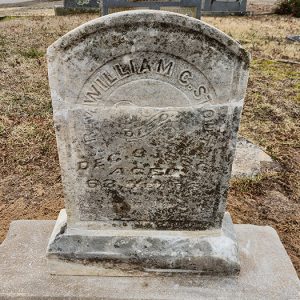 William Stout Grave - Restored
William Stout Grave - Restored
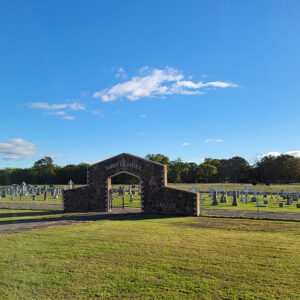 Sts. Peter & Paul Catholic Cemetery
Sts. Peter & Paul Catholic Cemetery
 Sts. Peter & Paul Catholic Church
Sts. Peter & Paul Catholic Church
 Sts. Peter & Paul Church Datestone
Sts. Peter & Paul Church Datestone
Subiaco Abbey and Academy
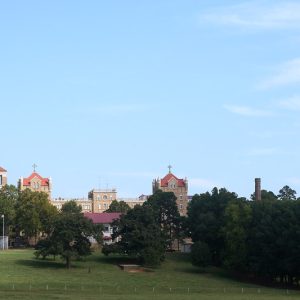 Subiaco Abbey
Subiaco Abbey
 Subiaco Abbey Courtyard
Subiaco Abbey Courtyard
 Subiaco Library
Subiaco Library
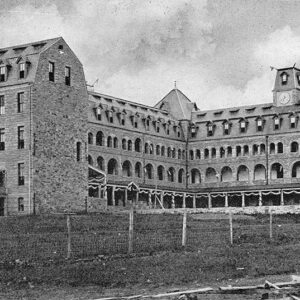 Subiaco Monastery
Subiaco Monastery
 Subiaco Wagon
Subiaco Wagon
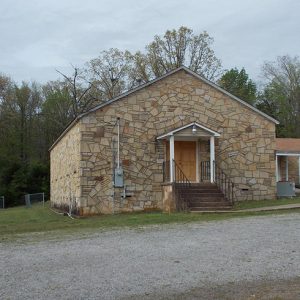 Swaim Chapel
Swaim Chapel
Talbot, John Michael
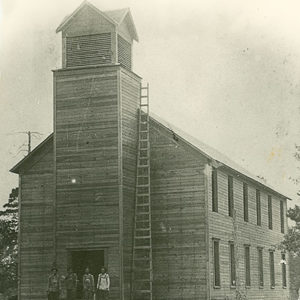 Taylor Baptist Church
Taylor Baptist Church
 Temple Beth El
Temple Beth El
Temple Meir Chayim
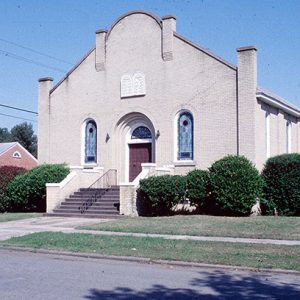 Temple Meir Chayim
Temple Meir Chayim
Texarkana Baptist Orphanage
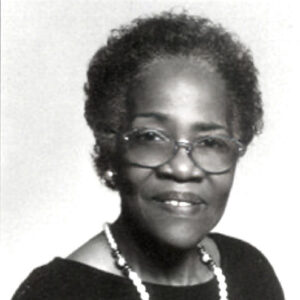 Theressa Hoover
Theressa Hoover
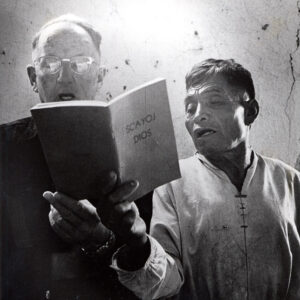 Cameron Townsend in Mexico
Cameron Townsend in Mexico
Townsend, William Cameron “Uncle Cam”
 Traskwood Church
Traskwood Church
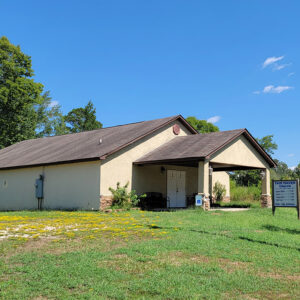 Traskwood Church
Traskwood Church
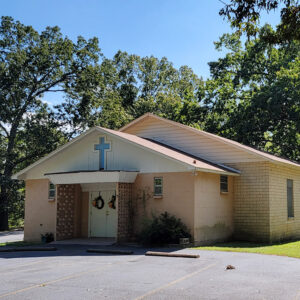 Traskwood Church
Traskwood Church
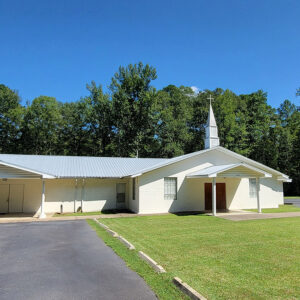 Traskwood Church
Traskwood Church
Tribou, George
Trinity Episcopal Cathedral
 Tuckerman Church
Tuckerman Church
Turney Wood Products, Inc.
 Two Bayou Methodist Church
Two Bayou Methodist Church
Two Bayou Methodist Church
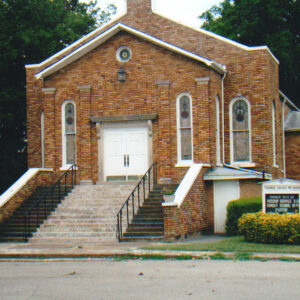 Tyronza Church
Tyronza Church
 Union Church
Union Church
Unitarian Universalists
 Unity Baptist Church
Unity Baptist Church
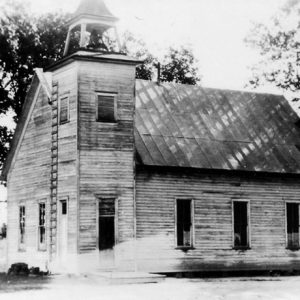 Vandervoort Methodist Church
Vandervoort Methodist Church
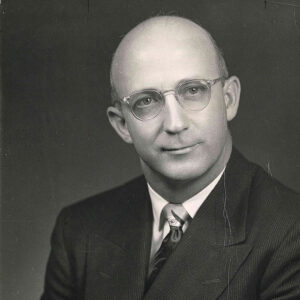 W. O. Vaught
W. O. Vaught
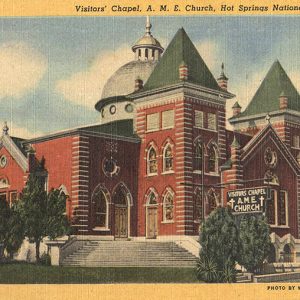 Visitor's Chapel
Visitor's Chapel
Wabbaseka United Methodist Church
 Wabbaseka United Methodist Church
Wabbaseka United Methodist Church
 Wabbaseka United Methodist Church
Wabbaseka United Methodist Church
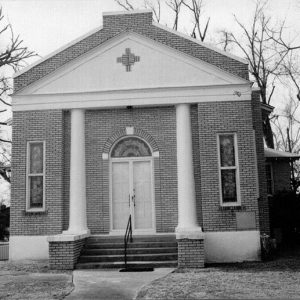 Wabbaseka United Methodist Church
Wabbaseka United Methodist Church
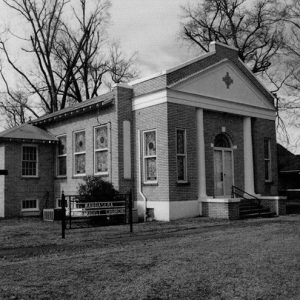 Wabbaseka United Methodist Church
Wabbaseka United Methodist Church
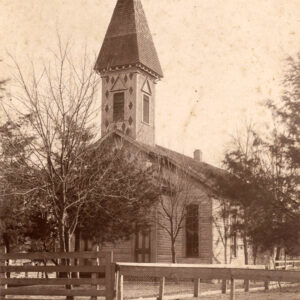 Waldron Church
Waldron Church
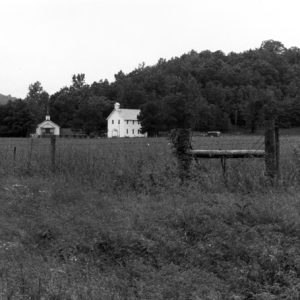 Walnut Grove Church
Walnut Grove Church
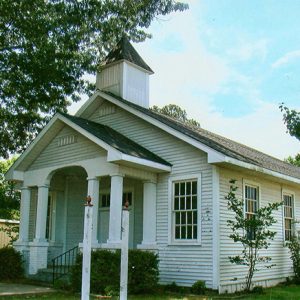 Ward Methodist Church
Ward Methodist Church
 Warren Church
Warren Church




